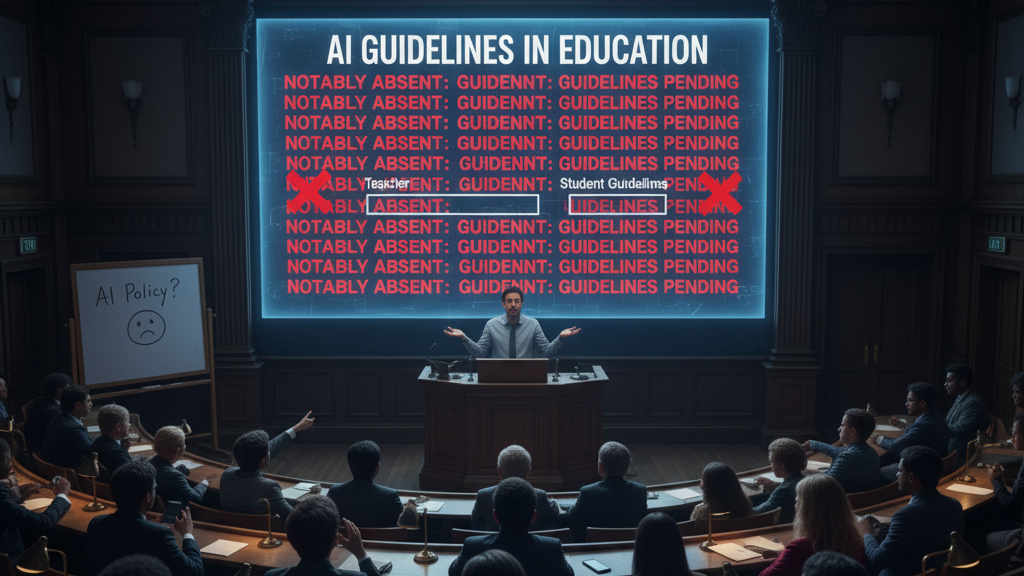
Source
Waikato Times
Summary
A University of Waikato student has voiced concern that widespread use of AI in lectures is eroding students’ ability to think critically. Speaking anonymously, the fourth-year student said many peers now use ChatGPT to generate lecture notes, discussion questions, and ideas—essentially outsourcing thinking itself. While she acknowledged that AI has benefits when used judiciously, she worries it encourages intellectual passivity and dependence. The student warned that such habits could eventually harm employability, as employers increasingly seek graduates with strong analytical and critical-thinking skills.
Key Points
- Students are using ChatGPT to generate lecture notes and workshop discussion prompts.
- The student fears this practice undermines the purpose of higher education—to cultivate independent thinking.
- She admits AI has value when used responsibly but sees overreliance as damaging to learning.
- The trend risks producing graduates who lack the analytical abilities employers prize most.
- The concern reflects wider tensions in universities over balancing AI’s benefits and harms.
Keywords
URL
Summary generated by ChatGPT 5





